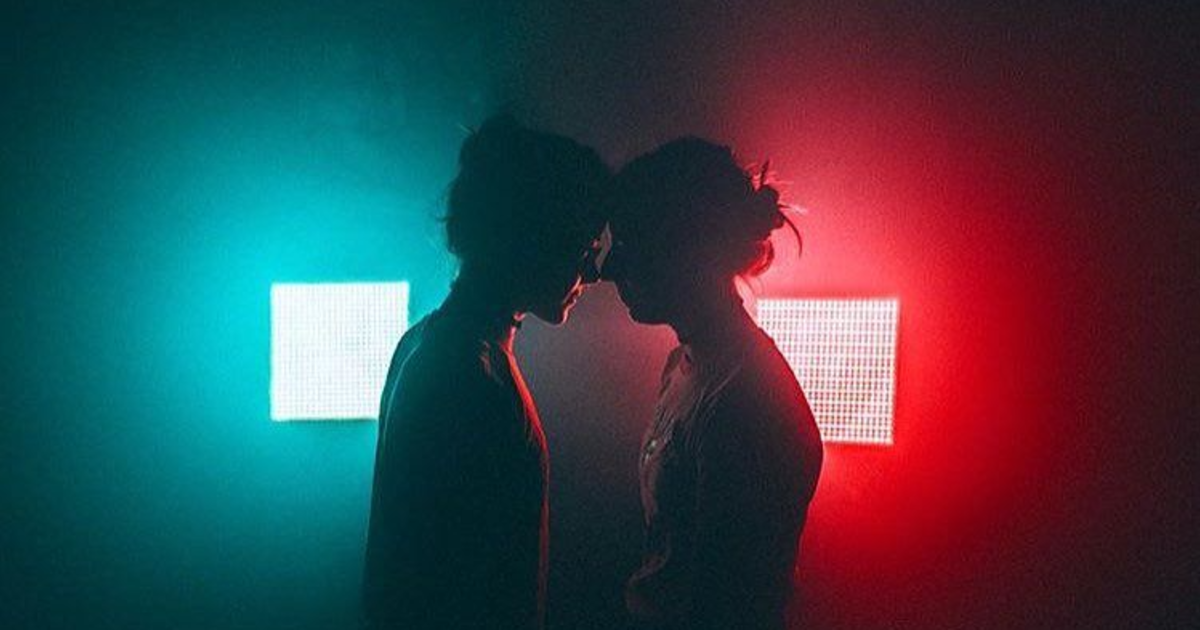Photography is more than just capturing moments; it’s an art form that allows us to express emotions, tell stories, and create visual masterpieces. For art lovers, aesthetic photography is a way to blend creativity with technical skill, producing images that evoke feelings and inspire the soul. Whether you’re a beginner or a seasoned photographer, these tips will help you elevate your craft and create stunning, artful photographs.
Understand the Power of Composition
Composition is the backbone of aesthetic photography. It’s how you arrange elements within the frame to create balance, harmony, and visual interest. Some classic composition techniques to try include:
- The Rule of Thirds: Divide your frame into a 3×3 grid and place your subject along the lines or at their intersections.
- Leading Lines: Use natural lines, like roads, fences, or rivers, to guide the viewer’s eye through the image.
- Negative Space: Leave empty space around your subject to create a minimalist and impactful look.
Experiment with these techniques to add depth and meaning to your photos.
Play with Light and Shadows
Light is the essence of photography. The way you use light can dramatically change the mood and tone of your image. For an artistic touch:
- Golden Hour: Shoot during the early morning or late afternoon when the light is soft, warm, and diffused.
- Backlighting: Position your subject in front of a light source to create a dreamy, ethereal effect.
- Shadows: Use shadows to add drama, mystery, or texture to your photos.
Don’t be afraid to experiment with natural and artificial light to see how it transforms your subject.
Focus on Colors and Tones
Color plays a vital role in aesthetic photography. A well-thought-out color palette can evoke specific emotions and make your photos more cohesive.
- Monochromatic: Stick to shades of a single color for a calming and harmonious effect.
- Complementary Colors: Use colors opposite each other on the color wheel (e.g., blue and orange) to create contrast and vibrancy.
- Pastel Tones: Soft, muted colors can give your photos a vintage or whimsical feel.
Editing tools like Lightroom or VSCO can help you fine-tune your colors to achieve the desired aesthetic.
Capture Details and Textures
Art lovers often appreciate the beauty in the small, intricate details. Zoom in on textures, patterns, and unique elements that might otherwise go unnoticed.
- Macro Photography: Use a macro lens to capture the fine details of flowers, fabrics, or everyday objects.
- Textures: Focus on surfaces like wood, stone, or water to add a tactile dimension to your photos.
- Symmetry and Repetition: Look for repeating patterns or symmetrical designs that create visual interest.
Tell a Story
Great photography is about more than just aesthetics; it’s about storytelling. Think about the narrative you want to convey through your images.
- Emotion: Capture candid moments that evoke genuine feelings, like joy, nostalgia, or solitude.
- Context: Include elements in the frame that provide context or hint at a larger story.
- Symbolism: Use objects or settings to represent deeper meanings or themes.
Experiment with Perspectives
Changing your perspective can transform an ordinary scene into something extraordinary.
- Bird’s Eye View: Shoot from above to give a unique, top-down perspective.
- Worm’s Eye View: Get low to the ground for a fresh, upward angle.
- Tilted Angles: Don’t be afraid to tilt your camera for a dynamic and unconventional look.
Edit with Intention
Editing is where your artistic vision truly comes to life. Use editing tools to enhance your photos, but avoid over-processing.
- Adjust Exposure and Contrast: Ensure your image is well-balanced and has the right amount of light and shadow.
- Crop for Impact: Reframe your photo to remove distractions and emphasize the subject.
- Add Filters Sparingly: Use filters to enhance the mood, but keep the image natural and authentic.
Draw Inspiration from Art
As an art lover, you likely have a deep appreciation for paintings, sculptures, and other forms of visual art. Use this as inspiration for your photography.
- Study Art Movements: Explore styles like Impressionism, Surrealism, or Minimalism and incorporate their principles into your work.
- Recreate Famous Artworks: Use photography to reinterpret classic paintings or sculptures.
- Blend Mediums: Combine photography with other art forms, like painting or digital art, for a unique hybrid creation.
Practice Mindful Photography
Aesthetic photography is as much about the process as it is about the result. Slow down, observe your surroundings, and connect with your subject.
- Be Present: Focus on the moment and let your intuition guide your shots.
- Embrace Imperfections: Sometimes, the most beautiful photos are the ones that aren’t perfectly composed or lit.
- Shoot with Purpose: Every photo should have a reason behind it, whether it’s to capture beauty, evoke emotion, or tell a story.
Build Your Unique Style
Ultimately, aesthetic photography is about expressing your personal vision. Don’t be afraid to break the rules and experiment until you find a style that resonates with you. Your unique perspective is what will make your work stand out.
Conclusion
Aesthetic photography is a journey of creativity, self-expression, and discovery. By mastering composition, light, color, and storytelling, you can create images that not only please the eye but also touch the heart. As an art lover, you have a natural appreciation for beauty—use that to your advantage and let your passion shine through your lens.
Remember, the best camera is the one you have with you, so start captur
